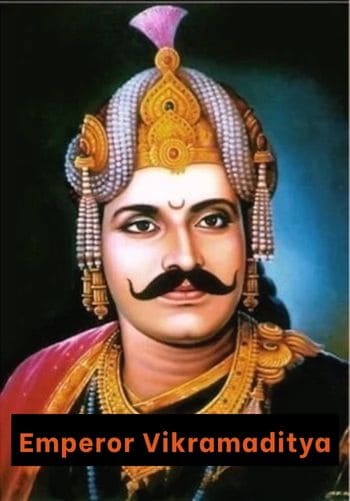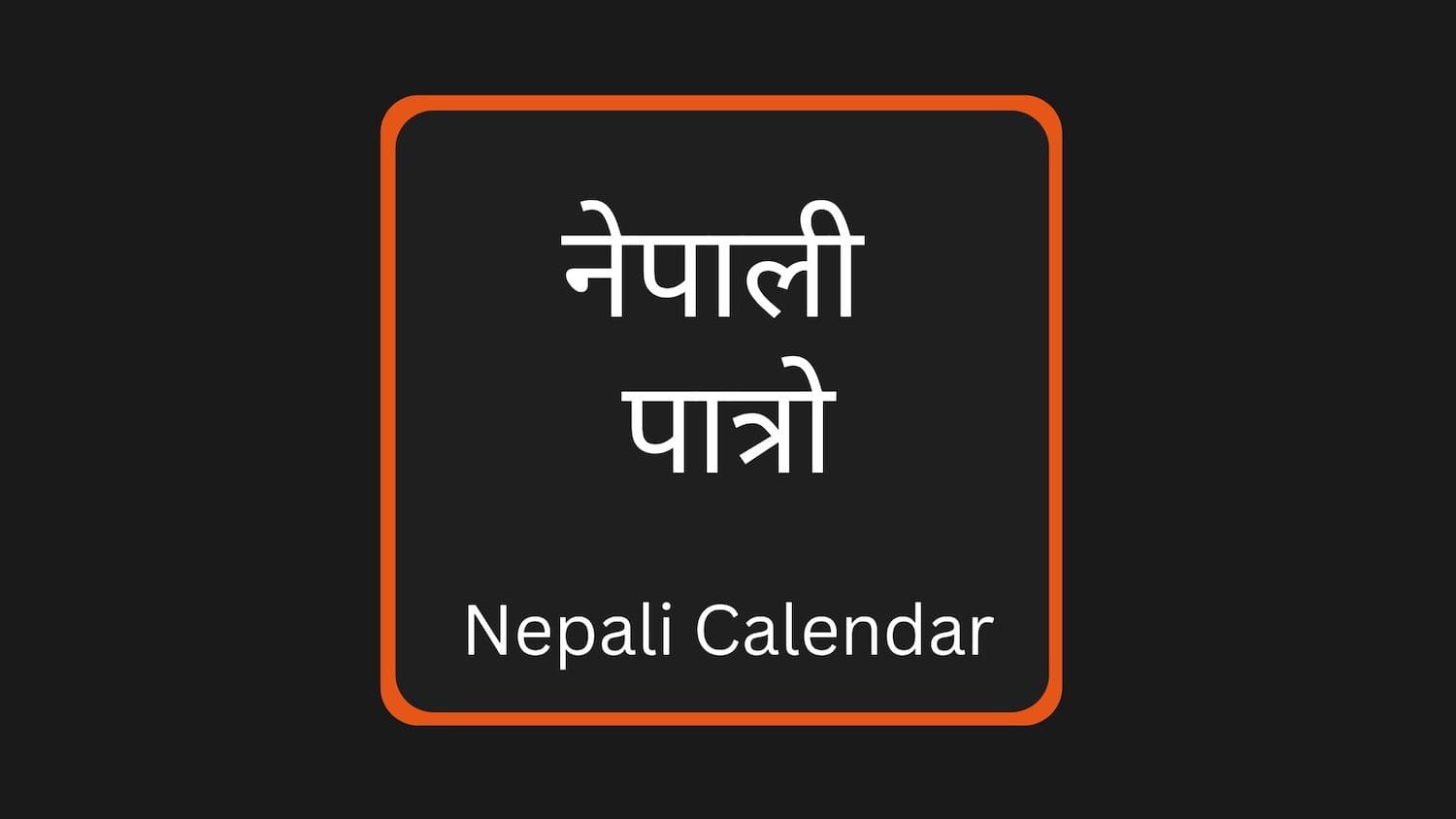Nepali Calendar
This Nepali calendar shows the current date in Nepal. Moreover, it will display any auspicious dates or festivals as well.
The Nepali calendar (नेपाली पात्रो, Nepali Patro), differs from the English or Gregorian calendar that many western countries use. Due to the differences in dates and calendar structure this Nepali calendar tool is important to anyone wanting to know what the current date in the Himalayan country is.
We have introduced this calendar to provide exact english date to nepali dates calendar along with the festivals, Public holidays,
If you are looking for today’s date in Nepal, then this tool will provide you with the correct Nepali date. Moreover, the calendar provides the exact english to nepali date, what Nepali date is today, and if there are any festivals or not.
What calendar does Nepal use?
Nepal uses the Vikram Samvat (Bikram Samwat), or Vikrami calendar. It is a historical calendar that is used in the Indian subcontinent including Nepal. The Nepali calendar is approximately 56 years and 8 months ahead of the Gregorian calendar.
The Rana dynasty in 1901 AD made the Bikram Samwat the official Hindu calendar in the country. By deciding to use the Vikrami calendar the Rana King at the time effectively made the date in Nepal, 1958 at the time.
The Nepali New Year according to Nepal’s calendar, is on Baisakh 1st , which falls between April 13th and 15th of the English calendar. Since the Bikram Sambat calendar in Nepal, uses lunar months and solar sidereal years (matching with solar calendar), their months are unique and ever changing. Whereas, as the sidereal year does not exactly correlate with the typical 12 months of the year, there are correctional months which can be added or subtracted at times.
What may seem even more crazy to our friends that use the Gregorian and English Calendar is that certain Nepali months will have 29-32 days in them. Moreover, with the Nepali calendar following lunar days, the length of the day varies as well, with days ranging from 20 to 27 hours in length. If this is all a little confusing to you, don’t worry, it is confusing to many Nepalis as well. And in practice, days follow the 24 hour system.
Does Nepal use the English/Gregorian Calendar?
No, Nepal does not officially use the English/Gregorian Calendar. As mentioned above they use the Bikram Sambat, or Vikrami calendar, which follows the lunar calendar. The Nepali calendar is approximately 56 years and 8 months ahead of the English calendar.
Even though the Vikrami calendar is the official calendar of the country, a lot of people in the bigger cities, like Kathmandu, Chitwan and Pokhara, tend to follow the English calendar (to help tourists). A couple reasons for this is that one, they have more interactions and dealings internationally, for business and pleasure. The second reason is that these cities have a lot of tourism, where it is valuable to have a good understanding of the English calendar.
When is Nepali New Year?
The Nepali New Year is on Baisakh 1st. This means that the English date falls between April 13th and April 15th. With the English calendar date changing each year because the Nepali calendar follows the lunar calendar.
What year is in Nepali Date?
It is 2079 in Nepal – as of the Gregorian year 2022. The Nepali New Year is on Baisakh 1st and is an important day for Nepalis. Many Nepalis go out to celebrate the beginning of a new calendar year, and new beginnings. There are day festivals and events throughout the country for Nepali New Years. Nepalis also celebrate the Gregorian calendar New Year as well, with a large three day street festival in Pokhara each year!
History of the Nepali Calendar

The Nepali Patro, or officially known as the Vikram Samvat (Bikram Sambat, Vikram Samvat or Vikram Samwat, Devanagari: विक्रम संवत्) is a calendar that was established by the Indian Emperor Vikramaditya of Ujjain around 56 BCE. Moreover, the calendar is based on the lunar calendar which is based on ancient Hindu tradition.
As for the calendar’s use, the Bikram Sambat Nepali calendar is mostly used in the Indian subcontinent, in Nepal and India. However, there are a few other countries in Asia and South Asia that also use the Bikram Sambat Nepali Calendar, specifically: Bangladesh, Bhutan, Indonesia, Malaysia, Srilanka and Thailand.
Nepali Calendar Month with English Calendar Equivalent Months:
The following table shows the Nepali Calendar (नेपाली पात्रो, Nepali Patro) and the particular Nepali month that matches with the equivalent English or Gregorian Calendar Months. Roughly speaking, the new Nepali calendar month will start in the middle (around the 15th of the Gregorian calendar month).
| Vikram Samvat months | Gregorian months |
|---|---|
| Vaiśākha or Baisakh | April–May |
| Jyaiṣṭha or Jestha | May–June |
| Asādha or Asar | June–July |
| Srāvana or Sawan | July–August |
| Bhādrapada or Bhādra | August–September |
| Asvinā or Asoj | September–October |
| Kārtikā or Kartik | October–November |
| Agrahāyaṇa or Mangsir | November–December |
| Pauṣa or Paush | December–January |
| Māgha or Magh | January–February |
| Phālguna or Falgun | February–March |
| Chaitra or Chait | March–April |
Festivals in Nepal
Nepal is a vibrant country that has a rich culture, with a great deal of festivals throughout the year. If you plan on traveling to Nepal, it is a good idea to have a look at the calendar and see when some of the festivals are. Dashain and Tihar are the two biggest festivals of the year for Hindus in Nepal, with many people traveling back to their villages to celebrate.
Curious about other religions in Nepal? Then make sure to check out my blog covering the 10 major religions in Nepal!
If you are a tourist that would like to experience the culture and heritage of Nepal, have a look at the dates of some of Nepal’s famous festivals in the table below!
| Nepal Festivals | English/Gregorian Calendar | Nepal Calendar |
|---|---|---|
| Magh Sankranti | January – February | Magh |
| Saraswati Puja/Basanta Panchami | January – February | Magh |
| Tibetan New Year/Losar Festival | January – February | Magh |
| Maha Shivaratri | February – March | Falgun |
| Holi / Festival of Colors | February – March | Falgun |
| Chaitra Dasain | March – April | Chaitra |
| Bisket Jatra / Nepali New Year | April – May | Baisakh |
| Nepali Mother’s Day | April – May | Baisakh |
| Buddha Jayanti | May – June | Jeth |
| Naga Panchami | July – August | Saaun |
| Gai Jatra | August – September | Bhadra |
| Teej | August – September | Bhadra |
| Indra Jatra | August – September | Bhadra |
| Pachali Bhairab | September – October | Ashoj/Ashiwin |
| Dashain | September – October | Ashoj / Ashiwin |
| Tihar | October – November | Kartik |
| Mani Rimdu | October – November | Kartik |
| Sita Bibaha Panchami | November – December | Mangsir |
